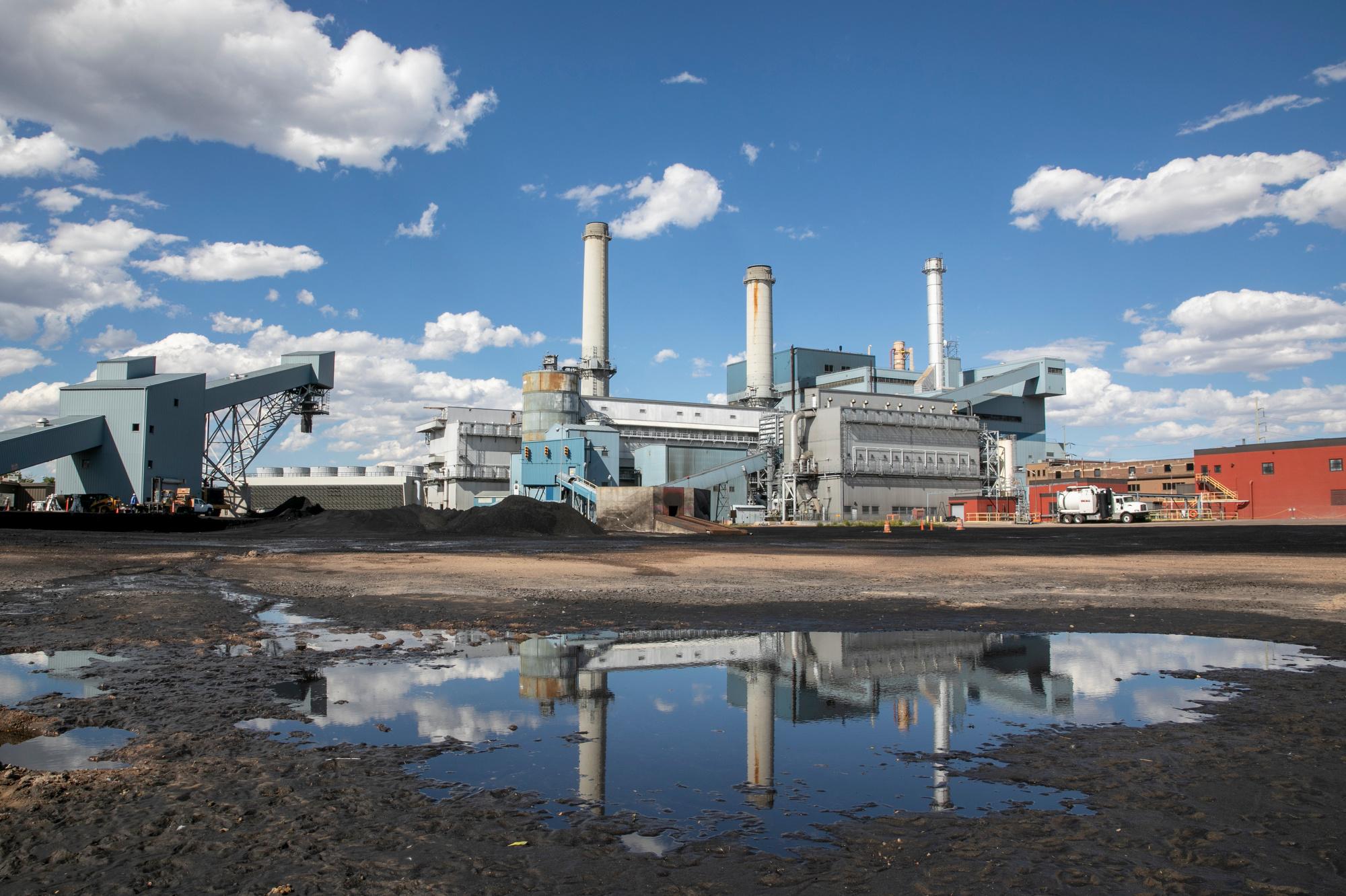
Somer Mese has already cried a few times since she first found out.
Her workplace — the Martin Drake coal-fired power plant with its iconic smokestacks rising in the heart of downtown Colorado Springs — will stop burning coal this week. For good. It has been “like a death in the family,” she said.
Mese, who’s managed this nearly century-old plant for Colorado Springs Utilities for the last six years, is standing near a small mound of coal that used to look more like a mountain. It’s the dwindled remains of the very last coal delivery from Wyoming that came in by train earlier this month. Mese cried that day. And she says she’ll probably shed another tear when the last coal is burned here this week.
The plant will shift to running primarily on cleaner-burning natural gas. That is, until it’s torn down completely (by no later than December 2022) in favor of sourcing more energy from renewables like wind, solar, and hydro.
For Mese, the transition is bittersweet. She’s worked in the coal fired power plant industry for nearly two decades. She helped build one in Pueblo, Colorado — Xcel Energy’s Comanche 3.
“So to start one up and now shut one down, it's kind of this weird evolution that I never thought I'd see in my career,” she said.
On the one hand, Mese thinks the environmental hazards of Martin Drake might be a bit overstated. “We do everything we can to be good stewards,” she said, by using “technology to help environmental emissions be reduced.”
But she understands why coal is moving into the rearview mirror here. “I get the big picture,” she said. “Coal is dirty. Natural gas is cleaner. Renewables are even better. I understand the need for change and to move forward with technology from a hundred-year-old coal fired power plant to something state-of-the-art.”
Colorado Springs Utilities still owns and operates another coal-fired power plant, Ray Nixon on the south end of the city. That one is slated to cease coal burning by 2029.
Mese and her colleagues at Martin Drake have had a few years to get used to the idea of their jobs and workplace changing radically. And she says — mostly — they’re ready to “rip that Band-Aid off and move on to the next phase.”
The next phase, for Mese, means training to operate new energy technologies. “I'm picking up bits and pieces as fast as I can,” she said. . “I've got a couple of hydro facilities in my purview, so I'm learning more about hydro. I'm learning more about solar and wind. I am slowly getting there.”
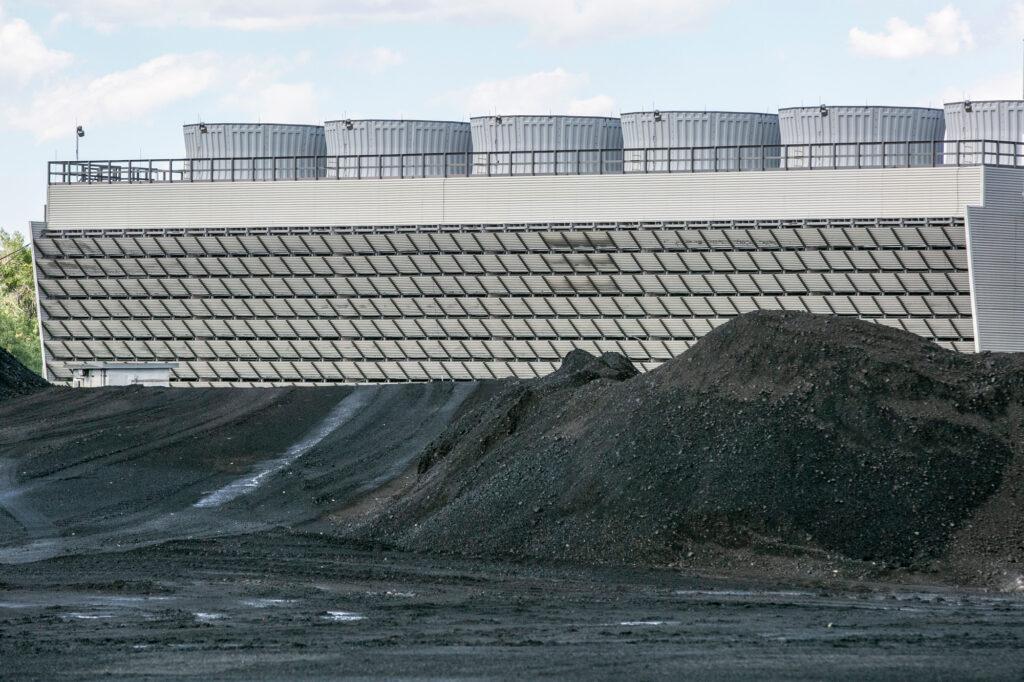
Power Shift
Colorado Springs Utilities provides electricity to nearly 240,000 homes and businesses, using a variety of energy sources, from natural gas, to solar, wind, hydro, and for at least a few more years, coal.
But sweeping up the last of the coal pile at Martin Drake signals the beginning of a monumental shift for power generation in the Pikes Peak region.
For decades, the coal units “have served their purpose,” said Aram Benyamin, the CEO of Colorado Springs Utilities. But he said after a lot of public input, there are several major reasons he chose to fast-track their retirement.
For one, coal plants are designed to be steady workhorses of power production, but they can’t be ramped up or down very quickly. They aren’t nimble like the natural gas generators that will soon replace coal here. And flexibility is what the utility needs, Benyamin says, as the system starts to rely more on renewables.
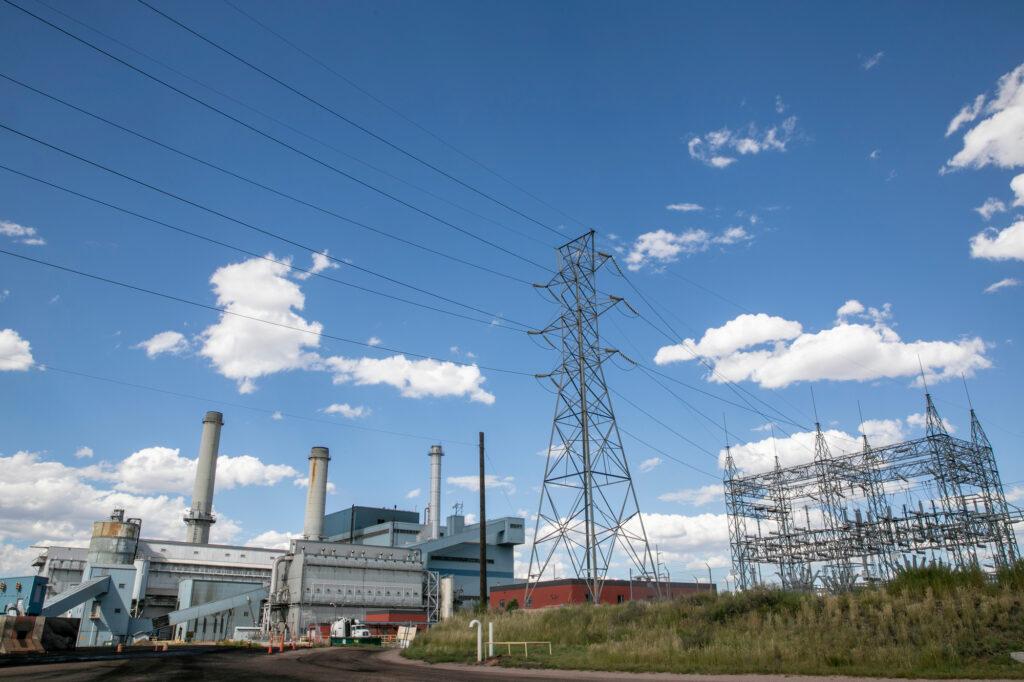
A Battle Won For Climate Change
Global warming is also on Benyamin’s mind. And that’s thanks, in part, to local environmental activists like Amy Gray, who has been fighting to decommission coal in El Paso County for years with the group, 350 Colorado Springs. She even won a ‘climate warrior’ award from the county’s Democratic Party last year for her efforts. Gray sees Martin Drake as a battle won. But her war is bigger.
Trading coal for natural gas is not her idea of a final solution to the energy puzzle. “In the state of Colorado, that fracked gas causes a lot of pollution where it's extracted,” Gray said. “We would like to see not only coal gone, but eventually we would like to see all fossil fuels out of the picture.”
She brings up the recent IPCC report on climate change. “It was heartbreaking to read that and to know that the U.S. and the world is still burning fossil fuels at an exponential rate.”
And she has a point. At the global level, coal still has steam. The U.S. exports its coal to India and China, countries that are still building new coal-fired power plants. But Gray is optimistic that Colorado Springs Utilities is ultimately on the right path.
“It's been a really thoughtful conversation,” Gray said. “We're going to get there. We're going to have more renewables.”
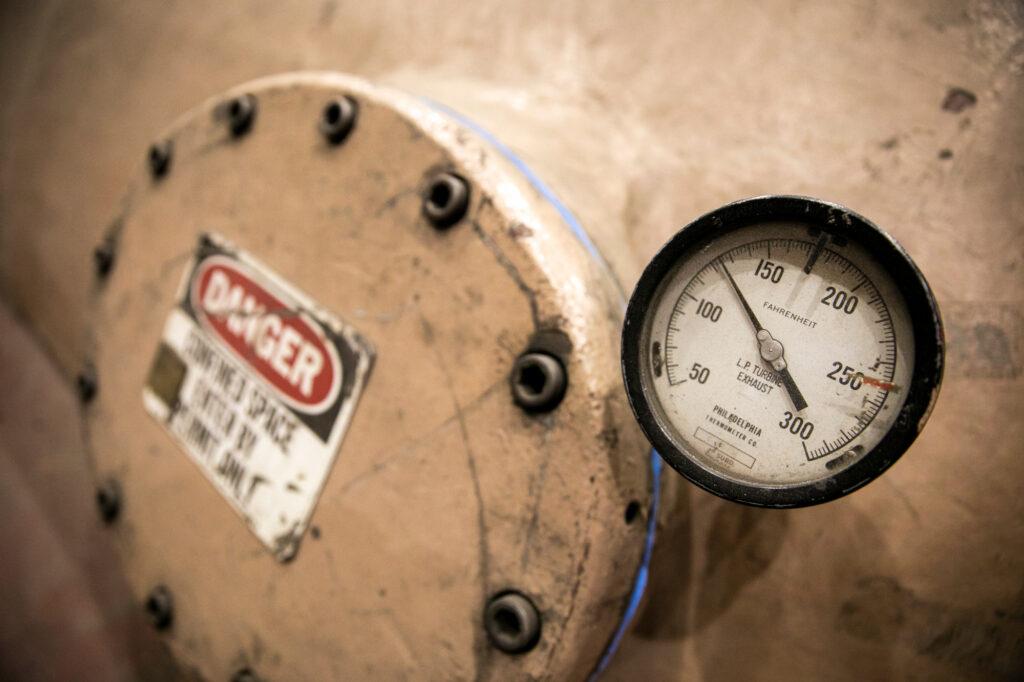
Public Health Impacts
Gray is also celebrating on behalf of the people who live near Martin Drake. “That neighborhood has been dealing with the repercussions of that coal fired power plant for all the time they've lived there.”
She says the fine particulates that get into the air from burning coal can travel a five mile radius from the power plant. “They get into your lungs and cause problems,” she said. She rattles off a list of ailments that studies have attributed to living near a coal plant: asthma, heart disease, birth defects. “The water gets poisoned directly around a coal plant,” she said, “and Fountain Creek is right next to it. So our watershed gets destroyed.”
Gray says residents were also deeply disturbed by the noise pollution created by the coal trains that travel through their neighborhood at any time of day or night. But that’s something they’ll have to endure — at least until Ray Nixon stops burning the coal those trains carry.
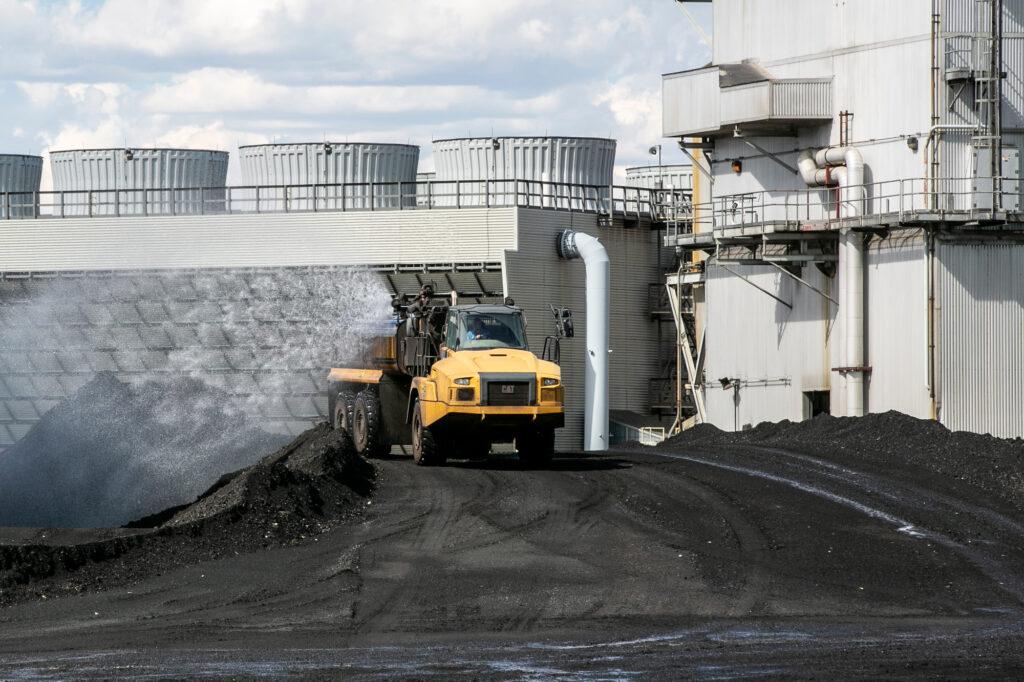
The Hidden Costs Of Coal
Public health and environmental concerns influenced the debate over ditching coal at Martin Drake, but the decision was also deeply driven by economics.
As both an electrical engineer and home energy rater, Jim Riggins points out that economics and environment are inextricably linked. Riggins chairs the Southeastern Colorado Renewable Energy Society and consulted with Colorado Springs Utilities on the financial realities of cutting the cord with coal.
“The indirect costs from the mining, washing, moving, burning of coal, and the disposal of coal residue has a very significant impact on health, environment, and climate,” Riggins said. But he says because those costs don’t show up on your utility bill, utility companies have not been compelled to change.
What has been compelling, says Riggins, is actual economics. Dollars and cents.
Quite simply, coal is getting more expensive to mine. “There's a magic depth of about 400 feet below the surface of the earth,” Riggins said, “where as you start to extract coal below that level, the equipment and the processes become enormously more expensive.”
In Wyoming, where the Martin Drake and Ray Nixon coal has come from, the coal seams are at a slant. “They go deeper into the earth over a given distance,” said Riggins, “so the shallow coal has mostly been mined out. And these large coal fields now are getting to deeper and deeper levels.” And it costs more to mine.
On top of that, Riggins says, the actual costs of solar and wind have been dropping dramatically. “It became cheaper to build out new wind with battery storage and new solar than it was to simply operate an existing coal fired power plant -- by a significant margin,” he said.
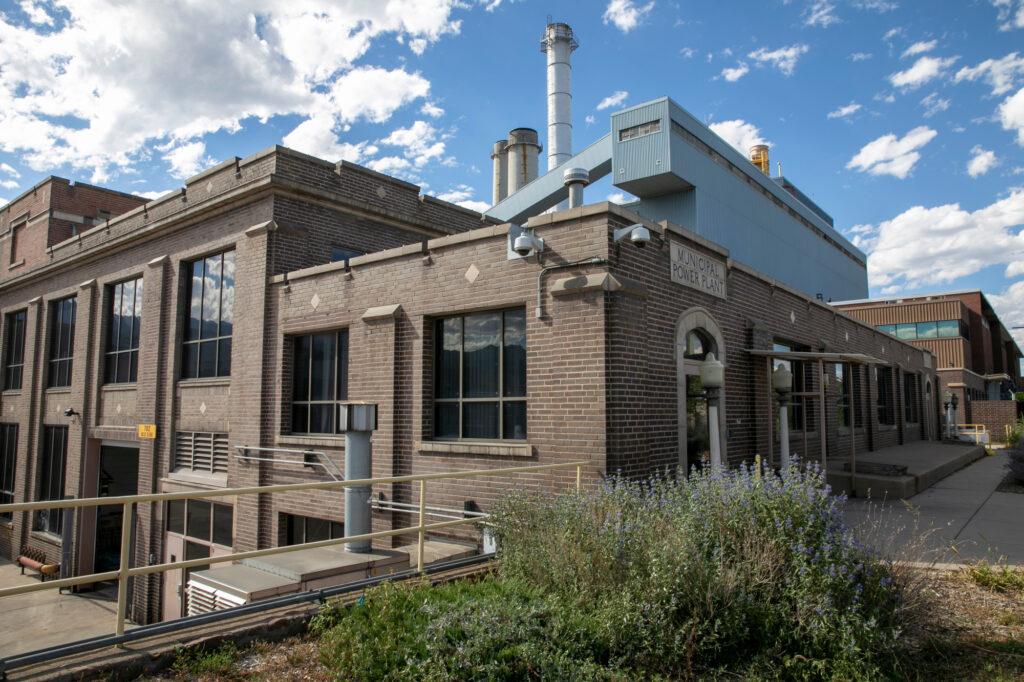
Reliability Is Not Open For Negotiations
Even though renewables have outpaced coal for cost effectiveness, Riggins says, the utility also has to factor in a pesky thing called reliability. “You have to keep the lights on 24 hours a day, seven days a week,” he said. With renewables, “the technology just isn't there yet,but we're getting there.”
“Reliability is not open for negotiations,” said Aram Benyamin. “So when the sun is not shining and the wind is not blowing, everybody can flip the switch on and they will get electricity generated and delivered to them.”
How they’ll do that is by using a range of energy sources from Ray Nixon’s continued coal power, as well as natural gas, renewables, and batteries. “Anything that we have in our system,” said Benyamin.
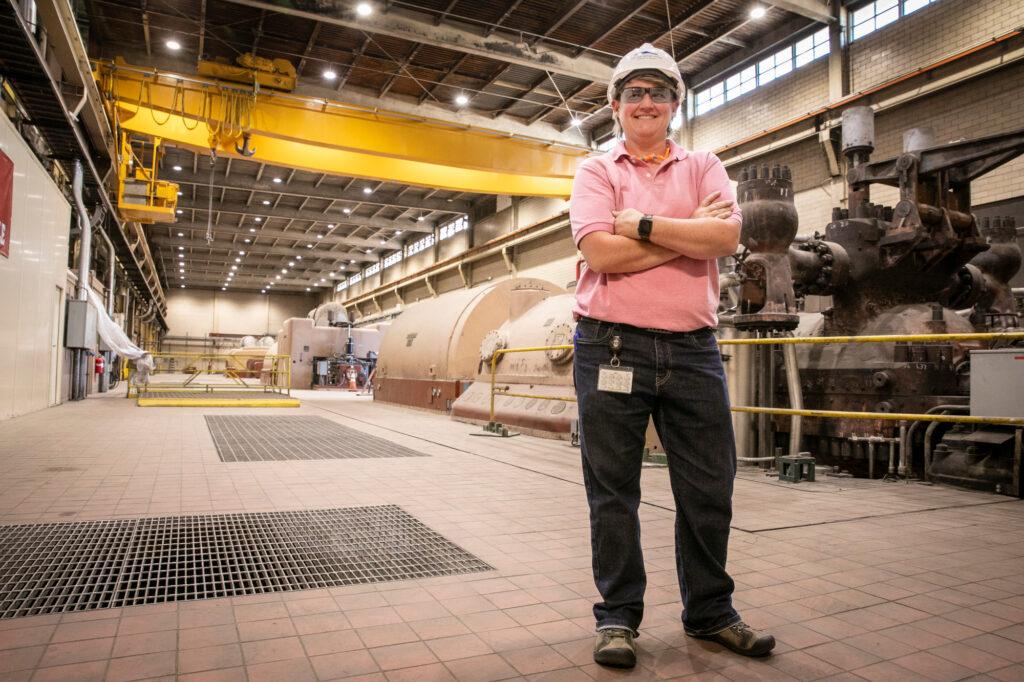
No One Has Been Asked To Leave
Benyamin is emphatic that this end-of-coal transition at Martin Drake won’t mean anyone loses access to energy reliability. He’s taken an equally strong stand for the people employed at the plant. He says not a single employee was asked to leave.
“The core of our transition plan was the people and the employees of this utility. So anything we did was based on their future and their re-training,” Benyamin said. “Not a single person is losing their job. They're changing the jobs that they will do in the future, but none of them have been asked to leave.”
An instrument technician at the coal plant, for example, could re-train and transition to working in the water treatment side of the utilities. “Those skills are transferable,” he said.
Environmental activist, Amy Gray, says keeping Drake workers employed in the energy economy was also at the forefront of her campaign to wean Colorado Springs off coal.
“There's that political rhetoric that, you know, ‘oh, these crazy tree hugging hippies, they just want everybody out of a job.’ And that absolutely is not the case.” she said.
“One of our core fundamental pillars of organizing at 350 Colorado Springs,” she said, “is making sure that people aren't out of a job and that they are able to provide for their families.”
She admits the transition might be challenging, but “it's like rotary telephones to cell phones, it's horses to cars,” she said. “Society is going to evolve. We are going to come up with new and better ways of doing everything. And that includes our energy sector.”
In the meantime, she said, “we just have to remember that these folks are our friends and our neighbors, and to help transition folks into what a new green economy looks like.”
And her thinking is not pie-in-the-sky, said Jim Riggins. “Jobs in renewable energy and energy efficiency is one of the fastest growing sectors in the U.S. and in Colorado,” he said. “Those sectors employ thousands of people.” He also points out that the state of Colorado has set up an Office of Just Transition to help communities get through the energy transition. “That’s critical,” Riggins said.
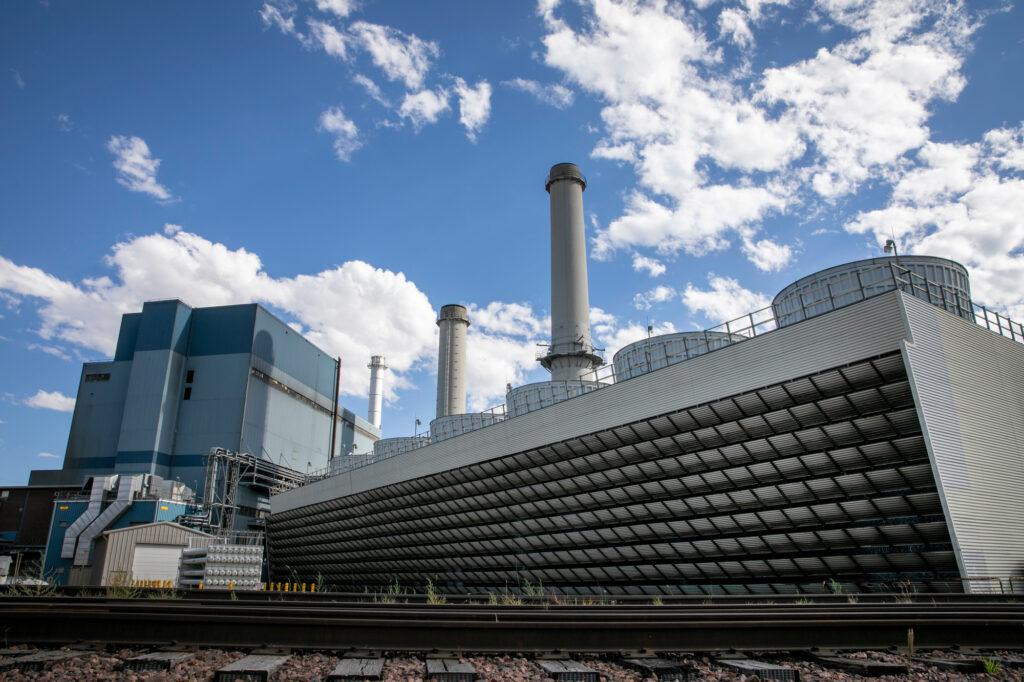
A Changing Skyline?
The Martin Drake Power Plant currently sits on 40 acres of what is essentially public land. It’s a stone’s throw from a new Olympic museum, a new soccer field, and America the Beautiful Park. So the million dollar question is what will happen to this building and this land once Martin Drake no longer functions as a power plant.
Amy Gray wants to see the brownfield cleaned up and remediated. But she is also concerned about gentrification. “There's developers chomping at the bit, I'm sure, to get their hands on that land,” she said, “but we want to see a very thoughtful conversation with that frontline community to make sure that that history and that legacy of that neighborhood is preserved and not just, you know, run over with a bulldozer because developers want the land once Drake has gone.”
CEO Aram Benyamin wants to assuage those concerns. “The citizens of the city own that land,” he says. “We want to keep the conversations going with the public to make sure that that is used for public benefit. Whether it's going to be parks or open spaces or any other vision.”
As for Somer Mese, Martin Drake's manager, she can even imagine a new cityscape here in the future, housed within the shell of the old Martin Drake building. “I love all the old structures,” she said,“and I'm a big geek when it comes to the industrial look.” As a resident of Colorado Springs herself, Mese says she’d love to see this place converted into a brewery, a shopping center, and apartments. And since Colorado Springs Utilities is publicly-owned, it’s likely she could be at the table for those conversations.
Editor's note: This story has been updated with additional context about how the U.S. exports coal to countries that are still building coal-powered energy plant.









